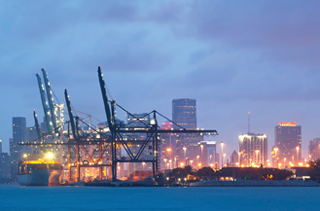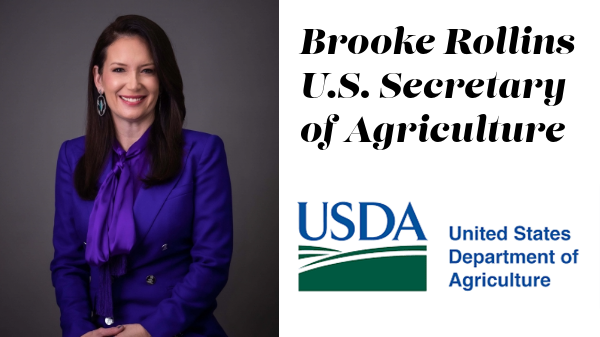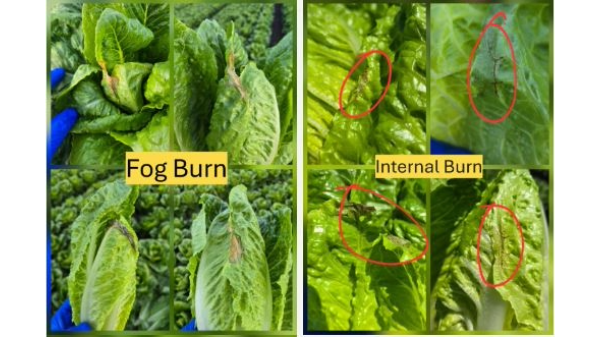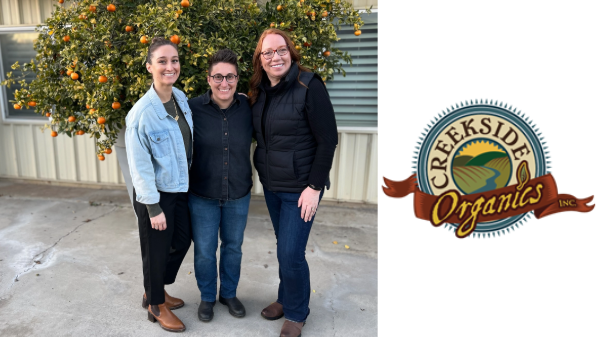Welcome to Blue Book!
Are you ready to join the thousands of companies who rely on Blue Book to drive smarter decisions? View our plans and get started today!
Still have questions? We’d love to show you what Blue Book can do for you. Drop us a line– we’ve been waiting for you.

Though the state’s battle with citrus greening (also known as HLB or Huang-longbing disease) has cost the citrus industry as much as $4.5 billion in lost crops and thousands of jobs, there is hope and much needed support for the fight. In the spring of 2013, Coca-Cola Company announced it would plant 25,000 acres—or 5 million trees—in new orange groves across the state, to the tune of nearly $2 billion. As the parent company of the Minute Maid line of juices, the company squeezes profits from about 96 percent of Florida’s oranges. And in September, Bayer CropScience awarded $200,000 in grant funding to help combat citrus greening through the Citrus Research & Development Foundation.
Aside from Florida’s longtime dominance of the citrus industry, what might surprise some is that the state is also ranked first in the nation for sweet corn and squash production, and second in bell peppers, cucumbers, snap beans, and eggplant. Other surprises include a snapshot of fresh fruit, vegetable, and nut availability. Many assume Florida and especially Miami’s temperate climate fosters year-round growth, but this is only true for a handful of commodities, including mushrooms, guava, papaya, and carambola—and not always on a consistent basis.
Other commodities like peanuts and oranges come close with more than three quarters of the year in production, but many of the much-in-demand produce items—both exotics and staples—are available only in short bursts of production due to growing conditions, such as spinach (March, April), blueberries (April, May), cantaloupe (April, May, June), watermelon (April, May, June, July), mangos (May, June, July, August), lychee (June, July), and longan (July, August) according to the Florida Department of Agriculture & Consumer Services.
Organics
Going hand in hand with locally grown produce is organics, and Florida, like many other states, has increased its acreage for fruit, but has seen some fluctuation in vegetable plantings. Over the last several years, organic fruit acreage rose dramatically from 3,541 acres in 2008 to 15,394 acres in 2011 according to data from the U.S. Department of Agriculture (USDA) Economic Research Service.
Although citrus acreage doubled during the period, the bigger news was the demand for exotic fruit—organic growers went from zero to over 6,000 acres devoted to subtropicals in 2010 and 2011—accounting for more than 40 percent of the state’s fruit acreage.
The same kind of growth was not found in organic vegetables; though acreage for both tomatoes and mixed vegetables increased from 2008 to 2010, total acreage fell slightly to 4,592 acres in 2011.








